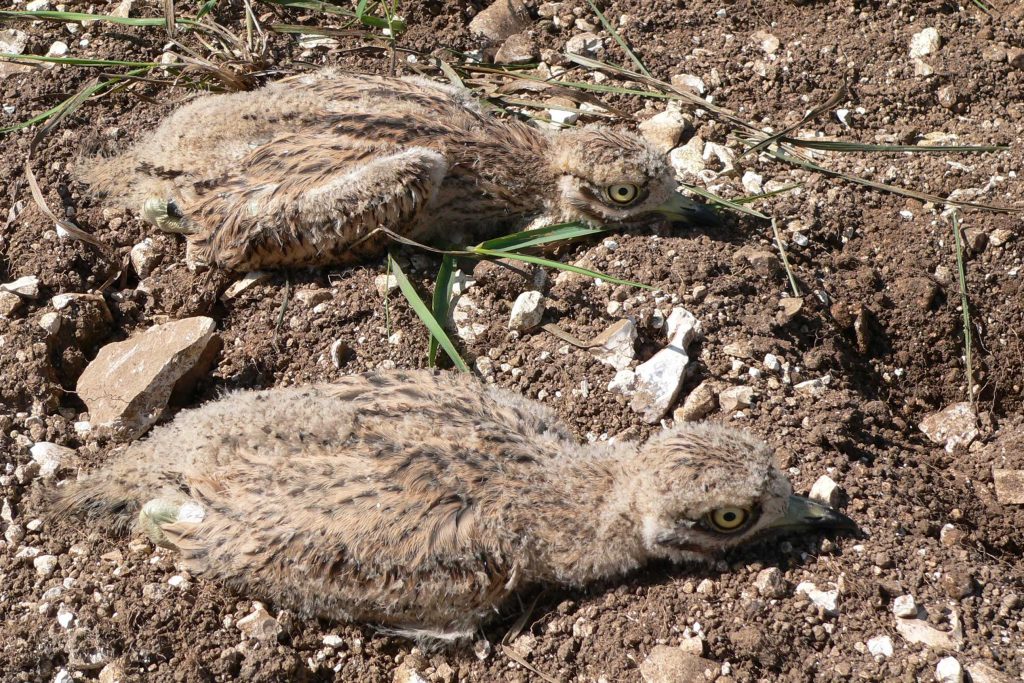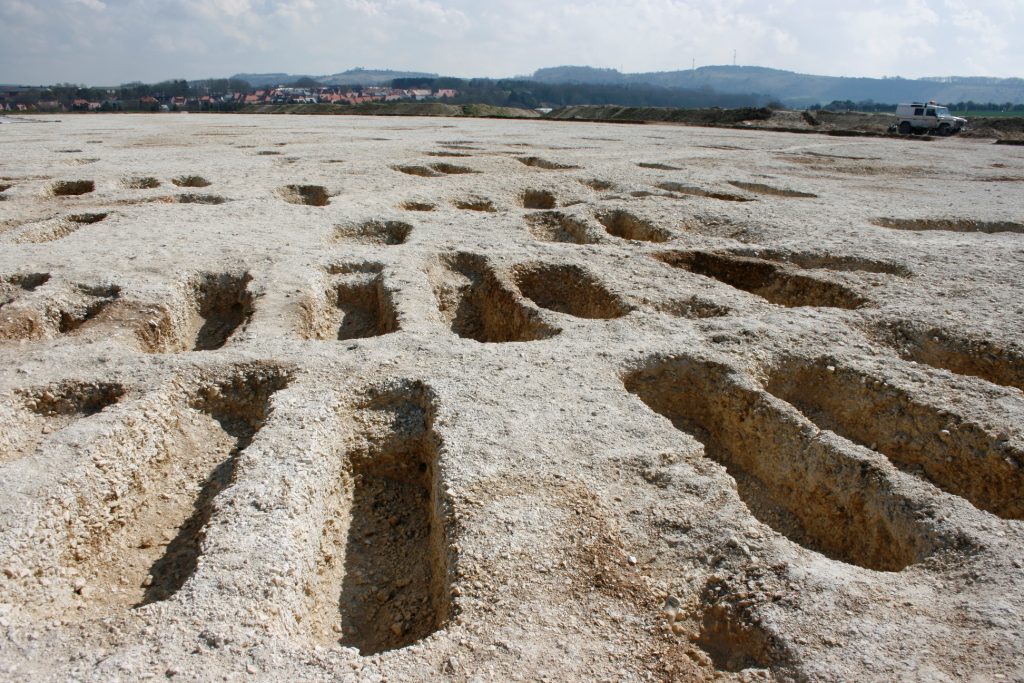
History of the Plain
Before I take you through the exciting journey of the tour, I’d like to tell you a bit about Salisbury Plain. The MOD acquired Salisbury Plain over 100 years ago, and since then has continued to use it as a military training area.
Salisbury Plain is the UK’s largest training area and is made up of 94,000 acres of land. Not only is it one of the military’s top training areas but it is also rich in wildlife and archaeological wonders.
One of the reasons Salisbury Plain has survived as the most extensive area of semi-natural chalk grassland in North-West Europe is because of the military’s use of the land. This has benefited nature conservation as it prevents intensive agricultural exploitation of the grasslands.
Wildlife on the Plain
Travelling through the Plain, there’s always a chance to see the range of wildlife associated with the fantastic flower-rich grasslands found there, including rare butterflies, bumblebees and other insects, as well as birds such as the stone curlew, barn owl and hen harrier that live on the Plain.
The grasslands on the Plain are partly maintained by grazing. Areas of land are grazed in temporary pennings that can be moved around to ensure they don’t affect military training. Grazing restrictions are applied to areas important to wildlife. The small patches of bare ground created by exploding shells provide warm hollows for insects and areas where plants can grow.
The many puddles found on the muddy tracks house fairy shrimp who survive in these temporary pools created by tank activity. Regular military manoeuvres help to foster wildlife and training activities create areas of bare ground which provide a habitat for rare plants like the red hemp-nettle.

Ancient finds
While showing the journalist around the Plain, red flags were flying high warning the public of live firing. We drove past several archaeological finds including a 5,000-year-old Sidbury Iron Age Hill fort with its Bronze Age ditches, a Saxon cemetery, and old training trenches. DIO plays an important role in conserving, maintaining and preserving archaeology across the Defence estate.

Importance of military presence
The Defence estate has been described as the most important estate for wildlife in the UK. DIO’s team of ecologists makes sure that the rest of the organisation understands the potential impact of military activities on different species and habitats, many of which are legally protected.
However, without the military, Salisbury Plain would not exist as the national treasure it is today.
1 comment
Comment by Alasdair Johnston posted on
Great to keep the plus points of the Military use of the Plain in front of the general public. Good article and congratulations on a positive press article.